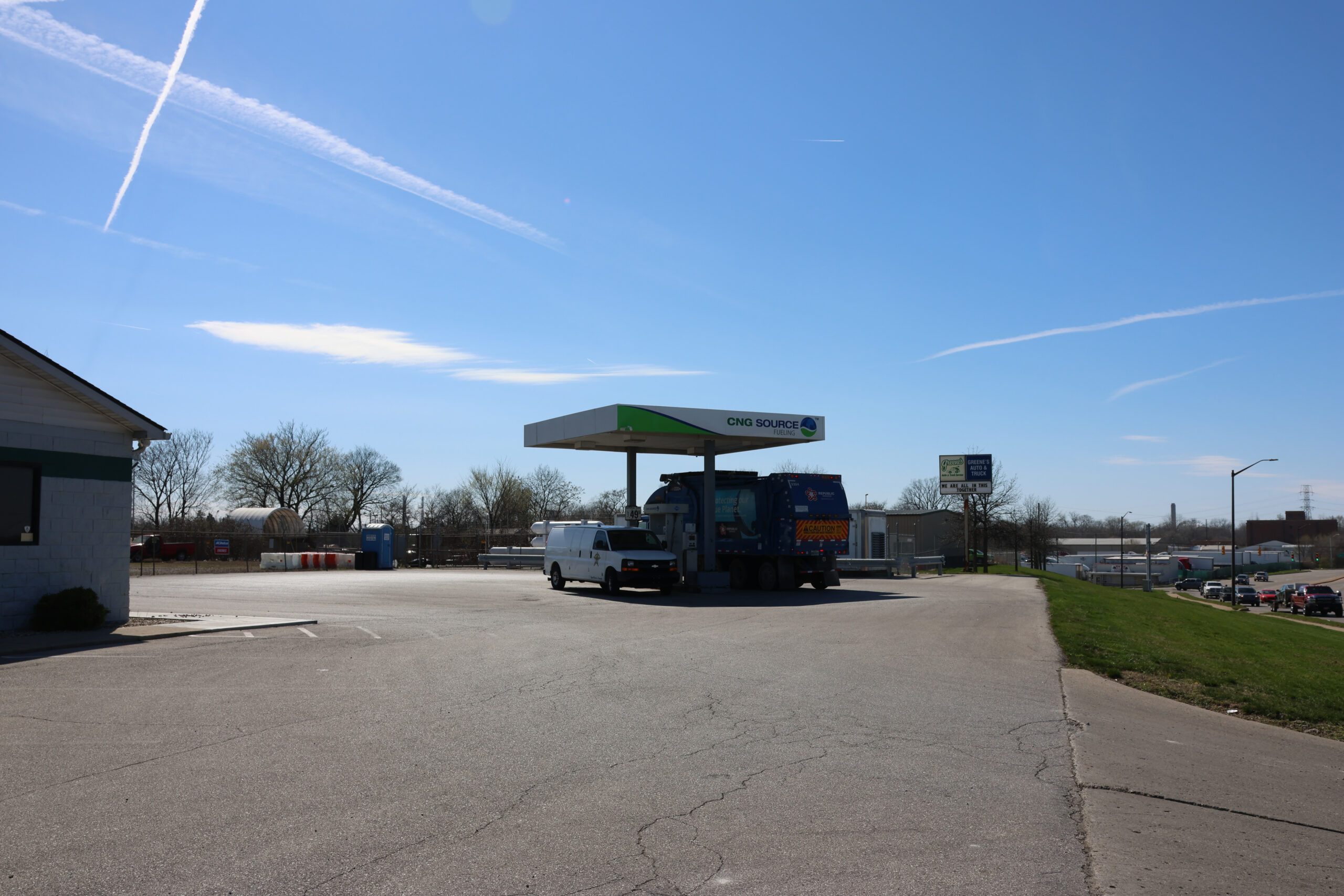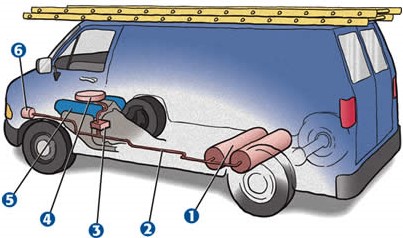Fast Facts About Natural Gas
- CNG is actually a safer fuel than gasoline. Unlike gasoline that can pool on the ground in the event of an accident or leak, CNG dissipates harmlessly into the air.
- Because natural gas is such a clean burning fuel, carbon deposits in an engine are nil, reducing cylinder and ring wear so engine life can be much greater than when running on gasoline.
- The NGVA also says that natural gas vehicles produce 20 percent less greenhouse gas emissions than a standard gas vehicle.
- Natural gas now costs about half as much per unit of energy as gasoline and has an even greater cost advantage over diesel fuel

Vehicles that run on natural gas instead of gasoline are called natural gas vehicles (NGVs). There are about 130,000 NGVs on our nation’s roads today and over 2 million worldwide. More than 40 different manufacturers produce NGVs.
Many passenger vehicles are available today that run on natural gas that has been compressed into special high-pressure cylinders to get more volume into a smaller amount of space (called compressed natural gas, or CNG). CNG is available at special fueling stations. There are over 1,300 NGV fueling stations in the United States.
Some vehicles run on CNG only, and others can run on either CNG or gasoline; these are called bi-fuel vehicles. Some long-haul trucks and transit buses run on a different form of natural gas called liquefied natural gas, or LNG, which is made by refrigerating natural gas to condense it into a liquid.
The liquid form is much more dense than natural gas or CNG, and thus has much more energy for the amount of space it takes up. So, more energy can be stored in the same amount of space on a car or truck. That means LNG is good for large trucks that need to go a long distance before they stop for more fuel.




